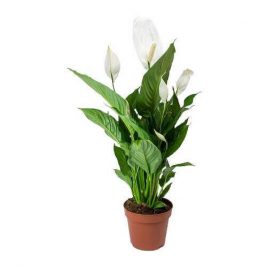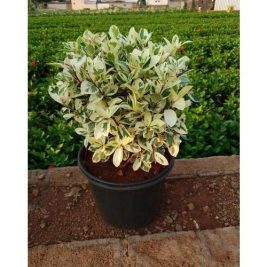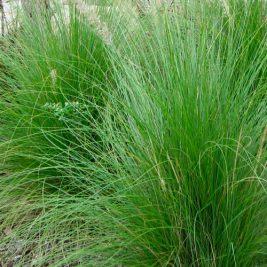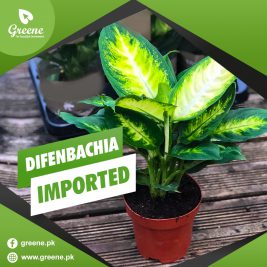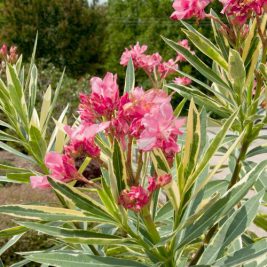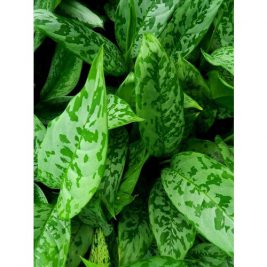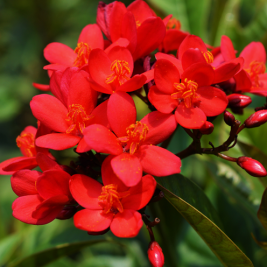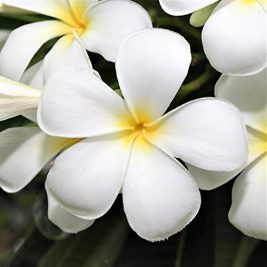- Rs. 1,799
NOTE: The flower blooms only during the blooming Spring season under sunlight, though it is a low shade plant
Spathiphyllum is a genus of about 40 species of monocotyledonous flowering plants in the family Araceae, native to tropical regions of the Americas and southeastern Asia. Certain species of Spathiphyllum are commonly known as Spath or peace lilies.
- Rs. 1,699
pot size 12 inches
One of the easiest of all deluxe houseplants to grow, multicolored aglaonema is also one of the most stylish and exotic . A relatively new variety to the houseplant world, this stunner shows off dark green leaves elegantly flushed with bright red or pink or green , or even combines. Its colorful foliage makes multicolored aglaonema a perfect home-decor accent
- Original price was: ₨1,699.Rs. 1,399Current price is: ₨1,399.
Pot Size: 16 inches
Wodyetia bifurcata, the foxtail palm, is a species of palm in the family Arecaceae, native to Queensland, Australia. It is the sole species in the genus Wodyetia.Foxtails are fast growers, reaching an ultimate height of about 30 feet. They’re best suited for Zone 10, though areas of Zone 9B that closely border Zone 10 will work with normal winter temperatures.
- Original price was: ₨1,500.Rs. 1,300Current price is: ₨1,300.
Pot Size: 14 inches
Ficus is a genus of about 850 species of woody trees, shrubs, vines, epiphytes and hemiepiphytes in the family Moraceae. Collectively known as fig trees or figs, they are native throughout the tropics with a few species extending into the semi-warm temperate zone
- Rs. 999
Each order will contain 5 pots . The price stated is of 5 pots
Pennisetum is a widespread genus of plants in the grass family, native to tropical and warm temperate regions of the world. They are known commonly as fountain grasses.
Pennisetum is easily one of the most popular and easy to grow perennial ornamental grasses. There is a pennisetum for everyone, from dwarf ornamentalgrass lovers (20″) to those looking for a tall ornamental grass (10′), upright habit or arching, tan or rose seed heads, and green or purple foliage
- Original price was: ₨899.Rs. 699Current price is: ₨699.
Pot size: 12 inches
Croton is an extensive flowering plant genus in the spurge family, Euphorbiaceae. The plants of this genus were described and introduced to Europeans by Georg Eberhard Rumphius. The common names for this genus are rushfoil and croton, but the latter also refers to Codiaeum variegatum
- Original price was: ₨899.Rs. 699Current price is: ₨699.
Dieffenbachia is a genus of tropical flowering plants in the family Araceae. It is native to the New World Tropics from Mexico and the West Indies south to Argentina. Some species are widely cultivated as ornamental plants, especially as houseplants, and have become naturalized on a few tropical islands
- Rs. 550
Pot Size: 12 inches
Nerium oleander is a shrub or small tree in the dogbane family Apocynaceae, toxic in all its parts. It is the only species currently classified in the genus Nerium. It is most commonly known as nerium or oleander, from its superficial resemblance to the unrelated olive Olea.
- Rs. 500
Each order of this product will have 10 plants quantity. The price stated is of 10 plants
will be given in a plastic bag
- Original price was: ₨599.Rs. 499Current price is: ₨499.
Height 1 ft to 1.5 ft
Pot size: 12 inches
Colour: Green
Aglaonema is a genus of flowering plants in the arum family, Araceae. They are native to tropical and subtropical regions of Asia and New Guinea. They are known commonly as Chinese evergreens - Original price was: ₨599.Rs. 499Current price is: ₨499.
Height : 1ft- 2.5ft
Jatropha curcas is a plant that originated in Central America and is very well adapted to harsh conditions including extremely arid deserts. It is already grown as a biofuel in some parts of the world because its seeds can produce oil.
The plant can grow well on hot weather with little rain.
Jatropha contains compounds that are highly toxic. Jatropha species have traditionally been used in basketmaking, tanning and dye production.
- Original price was: ₨600.Rs. 450Current price is: ₨450.
Height :1.5 ft-2.5 ft
“Plumeria” or “Thai champa” is a genus of flowering plants in the dog bane family, Apocynaceae. Most species are deciduous shrubs or small trees.
Care for Plumeria. Plumeria care, for the most part, is minimal. While plumeriasdon’t like wet feet, they should be watered deeply when irrigated and then allowed to dry out some before watering again. They also need to be fertilized about every two to three weeks throughout their active growing season.
Plumerias also grow somewhat in proportion to the size of the container they’re planted in.

